'The Ghost Hunters': Watch This 1970s Paranormal Documentary From BBC's Archives
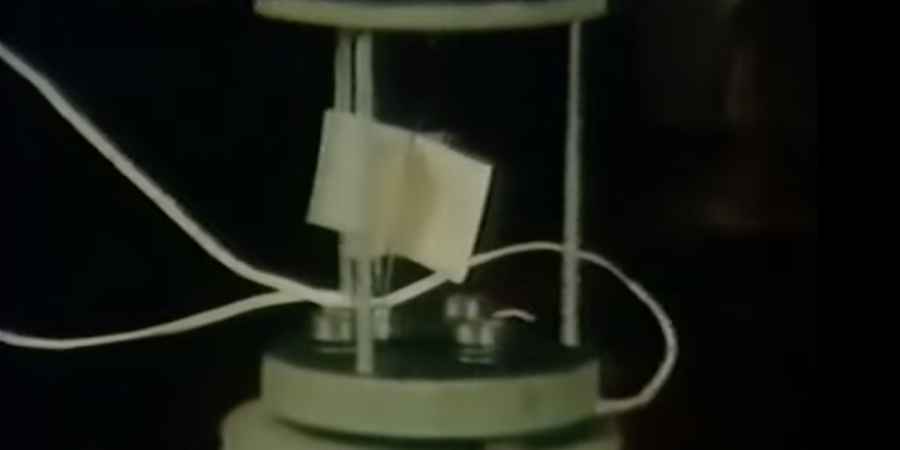
Photo: youtube.com

Photo: youtube.com
This page is more than two years old.
In 1975, BBC One aired a documentary entitled 'The Ghost Hunters' that gave viewers an insight into the world of paranormal research. The documentary, presented by Hugh Burnett, examines the lives and beliefs of a cross section of people with links to the paranormal, from prominent researchers to victims of hauntings.
The film takes viewers to various allegedly haunted locations, from a haunted house and inns, to a theatre haunted by a butterfly, plus the famous Borley Church where many strange occurrences have been recorded.
You can watch the full 49-minute-long documentary below as it aired at 10:15pm on December 4, 1975.
'The Ghost Hunters' featured investigators Peter Underwood, Geoffrey Croom-Hollingsworth, Andrew Green and John Cutton, but begins with an introduction to Benson Herbert, a parapsychologist who investigated what he believed to be the electrical origins of paranormal phenomena.
Proving that questionable ghost hunting gadgets were as popular in the 1970s as they are today, Herbert was armed with a negative ion pistol. He demonstrates this device by shooting negative ions into his assistant's mouth. He later showed how firing the pistol in the direction of an electrostatic meter causes it's needles to swing.
Herbert explained what negative ions are, "negatively charged to an air which are very good for the human organism and make you more alert, for example there's some French airlines are using this kind of thing for the pilots on long distance flights that keep them more alert."
The electrostatic meter Herbert showed was actually an electrostatic polarity indicator, which he explains detects changes in the electrostatic field, which is slightly different to the modern-day EMF meters which detect changes in the electromagnetic field. An electrostatic meter is more like a REM-Pod.
Herbert also showed off his infrared detector and boasted, "if it's properly fixed up it can detect the heat of a candle a quarter of a mile away." Herbert uses this device to accurately detect temperature drops, but said "this kind of thing is used by astronomers for detecting heat from celestial bodies."
Next we meet Andrew Green in Sussex. He believes that ghost sightings are telepathic contact with electromagnetic rays caused by emotional events of the past. In the interview, Green mentions a very interesting statistic, "61% of ghosts that are reported in this country are in fact all phantoms of living people, which bears out in this theory the ghosts have got nothing to do with life after death."
This stat comes from the very famous survey, 'The Census of Hallucinations' which was conducted by the Society for Psychical Research (SPR). The society questioned 17,000 people from across Europe about encounters with paranormal apparitions and found that around two-thirds of those who could describe a ghost they'd seen said it was a ghost of someone who is currently living, rather than a dead person.
Although this research was carried out in the 1880s, it's interesting that it is still quoted by Green almost a century later, what's even more fascinating is that now, almost 50 years on ghost of the living are almost unheard of, showing that there has been a massive shift in how people describe ghosts.
Green also shared another misconception, he said, "people seem to think that ghosts are in haunted houses that are very old manor houses, and castles, and ancient ruins. This isn't true. There's an oil refinery in Essex, a bingo hall, there's theatres, there's a synagogue for example, modern council houses."
Viewers were then taken to Hampstead where they meet a man who's spent many years trying to photograph a ghost, John Cutton, a member of the SPR. Cutton had built really quite a revolutionary and ingenious camera for the purpose of photographing a ghost.
In the film he showed off his camera, which he has rigged to automatically take photos when it is trigger by one of the many factors often associated with a haunting. This included a sudden draught, a change in the ambient light level, a sound, vibrations, a temperature changes or interaction with a touch-sensitive wire laid across the floor.
Of course today this device would be replaced with a video camera, which have become much more available, cheaper and better quality since this early days of ghost hunting.
Cutton told the documentary, "hopefully it would take a photograph of a ghost, but in my view it's more likely to take a photograph of a cat knocking something over in the middle of the night and creating a noise."
The final stop on Hugh Burnett's tour sees him head to Kent where he met Peter Underwood and Geoffrey Croom-Hollingsworth who were investigating the site of Borely Rectory, which was once considered to be the most haunted house in England.
At the time the documentary was filmed, author Underwood was the chair of the Ghost Club, the oldest organisation in the world associated with psychical research. The BBC reporter joins the investigators across the road from where Borley Rectory once stood until it was damaged by fire and subsequently demolished.
Underwood said, "I'm quite convinced beyond any shadow of a doubt that the house that stood just across the road would have fully lived up to its name as the most haunted house in England."
Recounting the history, the ghost hunter tells us, "the most familiar aspect of the haunting is a ghost nun which has been seen for nearly one hundred years. One of the rectors even bricked up one of the windows because he said the phantom nun looked in at him having his breakfast."
According to Underwood, "over the years phantom figures have been seen, footsteps have been heard, messages have been scribbled on the walls and on pieces of paper apparently from a French nun asking for light mess and prayers, bones have been found."
Underwood, who went on to co-author 'The Borley Rectory Companion' concluded, "I think the accumulative evidence is absolutely overwhelming that this was indeed the most haunted house in England."
The famous rectory was originally investigated by the legendary Harry Price, but after its demolition, the investigators think the the haunting simply moved across the road to the church, "the interesting thing is that once the rectory was destroyed and there was no building on the site, then entities apparently transferred activities to the church."
According to Peter, visiting rectors have seen figures, have heard noises and the congregation have reported footsteps following them up the church path, inside the Church itself.
Learn With Higgypop
Hosted by Paralearning in association with Higgypop, these courses on ghost hunting, paranormal investigations, and occult practices draw on the experience of our team of paranormal writers.

Diploma In Advanced Scientific Theory For Paranormal Investigators
This course gives you practical and useful knowledge of ghost hunting and paranormal research, which is invaluable when conducting your own paranormal investigations or as part of a group event.
View Course
Diploma In Parapsychology & Psychic Phenomena
This course gives you practical and useful knowledge of ghost hunting and paranormal research, which is invaluable when conducting your own paranormal investigations or as part of a group event.
View CourseMore Like This
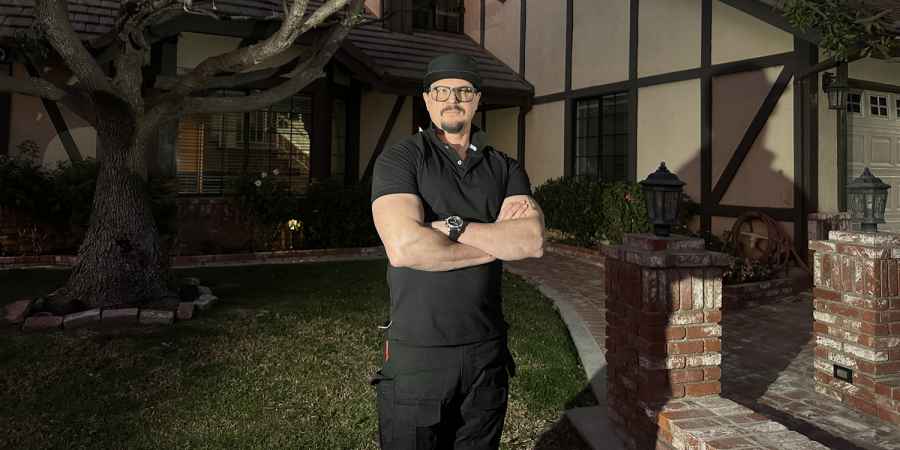
Ghost AdventuresApril 13, 2025
Watch A Sneak Peek Of The New Season Of 'Ghost Adventures'
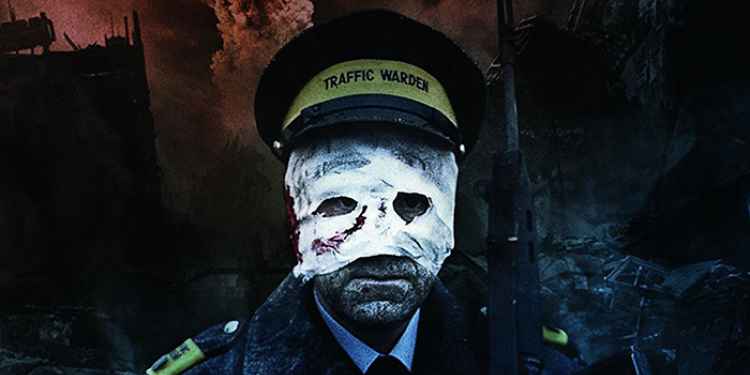
ThreadsApril 09, 2025
Grim Apocalyptic BBC Drama 'Threads' To Be Reimagined As A TV Drama Series
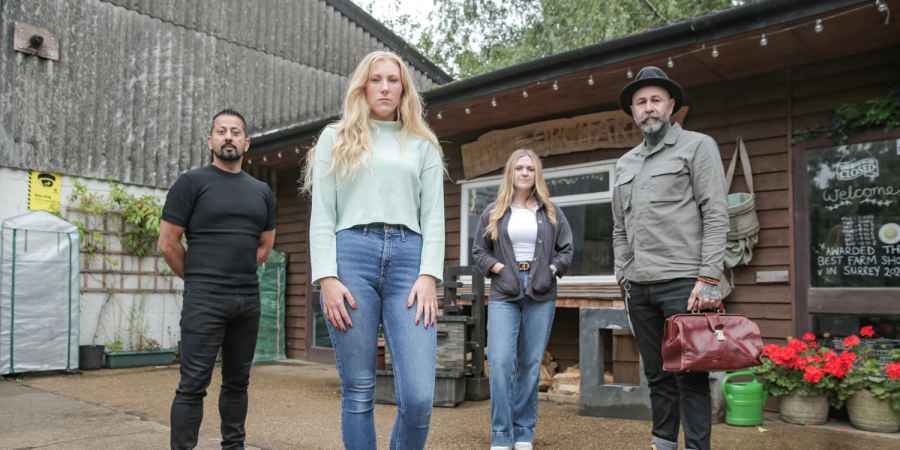
Help My House Is HauntedMarch 19, 2025
The Ghostly Victim Of A 1700s Murder Terrifies The 'Help! My House Is Haunted' Team
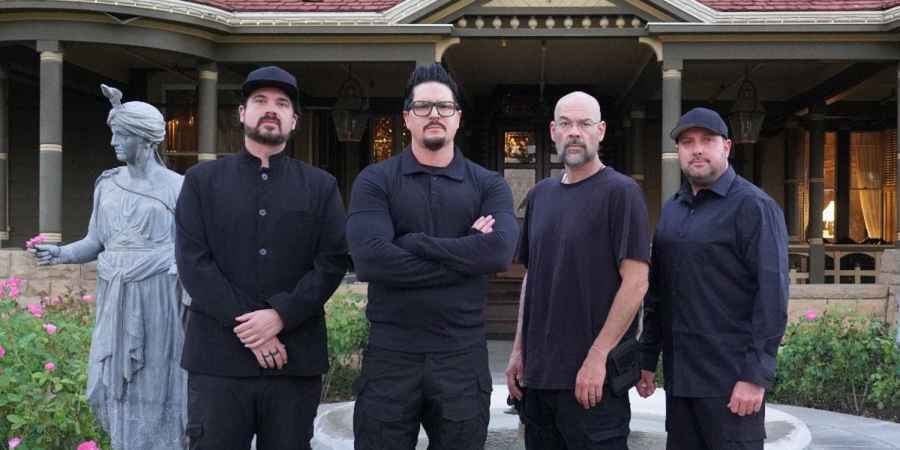
Ghost AdventuresMarch 18, 2025
'Ghost Adventures' Returns With Infamous Locations, Special Guests & Historic Curses
 See More on Audible
See More on Audible
Comments
Want To Join The Conversation?
Sign in or create an account to leave a comment.
Sign In
Create Account
Account Settings
Be the first to comment.